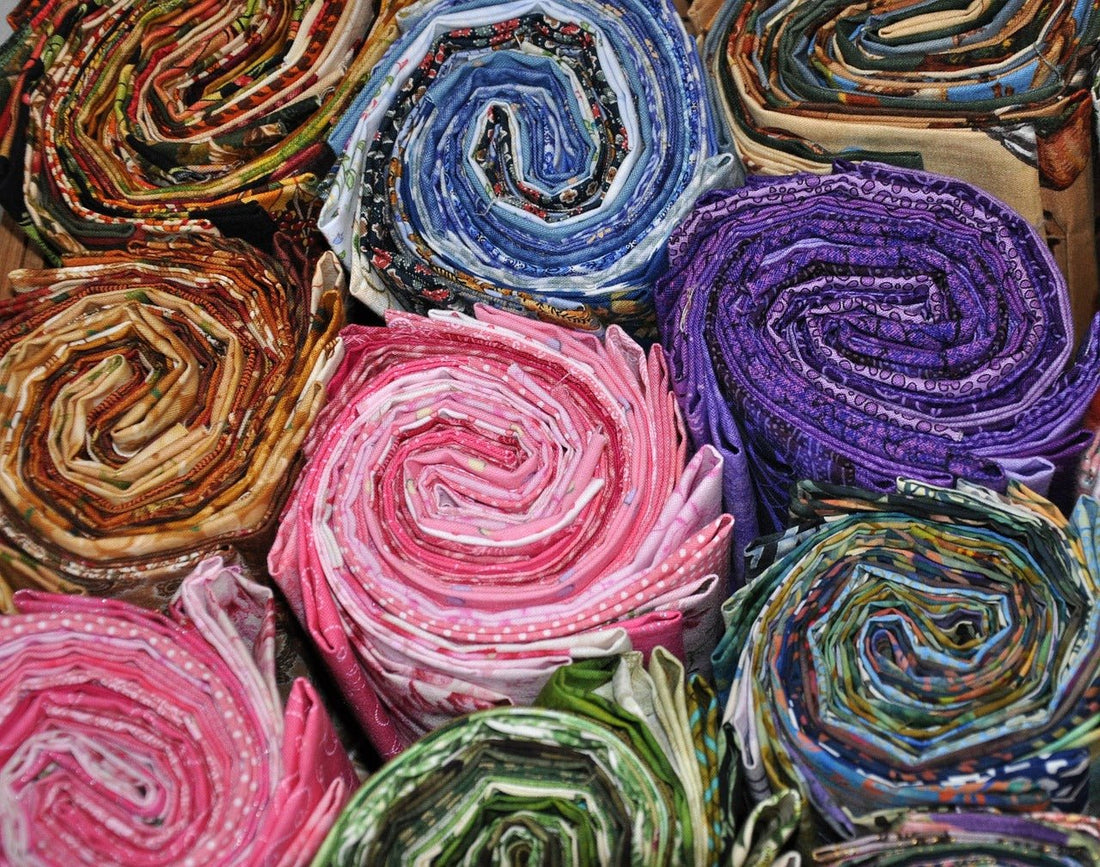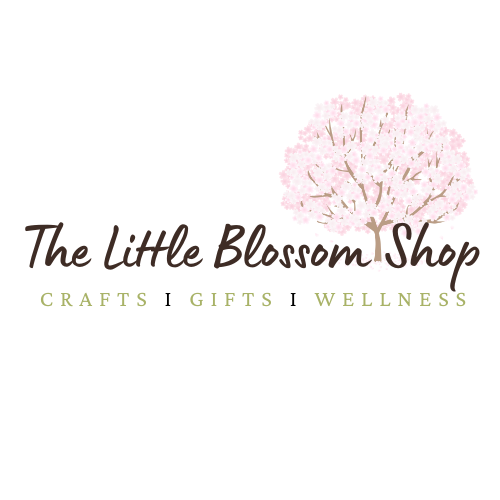
Why Patchwork is the Ultimate Eco-Friendly Craft?
Share
Introduction
In a world where sustainability is more than just a buzzword, many are turning to eco-friendly crafts as a way to minimize their environmental impact. Among these, patchwork stands out not just for its aesthetic beauty but also for its profound eco-consciousness. This age-old craft, which transforms discarded fabric pieces into something new, offers a perfect blend of creativity and environmental responsibility. But why exactly is patchwork considered the ultimate eco-friendly craft?
What Makes a Craft Eco-Friendly?
An eco-friendly craft is one that minimizes its environmental footprint. It involves using materials that are recycled, upcycled, or sourced responsibly. The craft itself should also encourage minimal waste and be mindful of energy consumption. In essence, it’s about making art that doesn't add to the world's growing waste problem. Patchwork ticks all of these boxes—and then some.
The Rise of Sustainable Crafting Trends
In recent years, there has been a growing movement toward sustainable crafting. People are becoming more aware of their personal contribution to waste and are actively seeking out hobbies that help reduce it. From knitting with recycled yarn to pottery made with sustainable clay, crafters everywhere are rethinking the way they create. Patchwork, with its emphasis on using fabric scraps, is perfectly positioned at the heart of this movement.
How Patchwork Fits into the Eco-Friendly Movement
Patchwork isn't just a craft—it’s a statement. By taking what would otherwise be discarded and giving it new life, patchwork embodies the core principles of the eco-friendly movement. Instead of adding to the demand for new materials, it encourages the reuse of what’s already available, reducing the need for new production, which often involves pollution and energy consumption.
A Brief History of Patchwork
Patchwork has a rich history that dates back centuries. It was born out of necessity, as people would sew together small pieces of fabric to create blankets or clothing. These were times when fabric was a valuable commodity, and nothing went to waste. As time progressed, patchwork evolved from a utilitarian practice into an artistic expression. Today, it carries both its historical roots and its modern significance, merging creativity with environmental consciousness.
Patchwork’s Humble Origins
Patchwork’s origins are rooted in frugality. In the past, fabric was precious, and no scrap was too small to save. Early patchwork quilts were often made by hand, with painstaking attention to detail, each stitch representing not just function but care. Families would pass down quilts made from remnants of old garments, each piece holding a memory, a story. The humble beginnings of patchwork make it a poignant symbol of making the most of what we have.
From Necessity to Art: The Evolution of Patchwork
What began as a necessity has blossomed into an art form. Modern patchwork artists experiment with color, texture, and pattern, creating intricate works that are as much about expression as they are about sustainability. The transition from necessity to art underscores how patchwork has retained its practical origins while evolving into something timeless and beautiful.
Why Patchwork is the Ultimate Eco-Friendly Craft
When we talk about eco-friendly crafting, patchwork leads the way. Not only does it prevent fabric waste, but it also encourages a mindset of reuse and repurposing. Instead of discarding old clothes or unused fabric scraps, patchwork gives these materials a second chance, weaving them together into something beautiful and functional.
Reducing Waste: Turning Scraps into Art
Fabric waste is a significant contributor to global landfill problems. By using leftover fabric pieces, patchwork transforms what would otherwise be considered waste into something that can be cherished. Every piece, no matter how small, is given value. This simple act of repurposing reduces the demand for new fabrics, cutting down on the water, energy, and chemicals required to produce them.
Upcycling at its Finest: Giving New Life to Old Fabrics
Patchwork takes upcycling to another level. Whether it’s an old pair of jeans, a worn-out shirt, or leftover fabric from other projects, patchwork gives new life to these materials. What might have been tossed aside becomes part of a larger, beautiful design. This is upcycling in its purest form—transforming the discarded into something valuable.
Minimal Materials, Maximum Impact
One of the most significant advantages of patchwork is that it requires minimal materials. At its core, it’s about using what you already have. There’s no need for expensive, new fabrics or tools. The beauty of patchwork lies in its simplicity—taking scraps and turning them into something that has both emotional and aesthetic value.
The Environmental Benefits of Patchwork
From reducing landfill waste to cutting down on energy consumption, patchwork has a broad range of environmental benefits. By reusing fabric, crafters reduce the need for the production of new materials, which is often water-intensive and polluting. It’s a small but meaningful way to contribute to a healthier planet.
Less Fabric in Landfills: A Craft with a Conscience
The fashion industry is notorious for its waste, with tons of fabric scraps ending up in landfills each year. Patchwork directly combats this issue by diverting these scraps from the waste stream and using them in meaningful, artistic ways. The impact may seem small on a personal level, but collectively, it’s part of a larger movement to reduce waste.
A Low-Carbon Craft: No Machines, Just Hands
Many crafting methods require electricity, whether it’s for sewing machines, lighting, or other tools. Patchwork, on the other hand, is a low-energy craft. While some may use sewing machines, many traditionalists and beginners opt for hand stitching, reducing their carbon footprint even further.
How Patchwork Encourages Sustainable Fashion
Fashion is one of the biggest polluters in the world, but patchwork offers a sustainable alternative. Patchwork clothing allows for the creation of unique, handmade garments that use existing materials, rather than contributing to the demand for fast fashion. It encourages mindful consumption, helping to slow the cycle of buy, wear, discard.
Patchwork as a Slow Fashion Solution
Slow fashion focuses on quality, longevity, and environmental responsibility—values that patchwork aligns with perfectly. Instead of buying new garments that are quickly discarded, patchwork clothing is built to last. The time and care put into creating patchwork pieces make them treasured, one-of-a-kind items that stand the test of time.
The Art of Reusing: A Wardrobe Revolution
The concept of reusing materials is at the heart of the patchwork movement. By transforming worn-out clothes into fashionable items, patchwork promotes a wardrobe revolution—one that’s rooted in sustainability, creativity, and personal expression.
Conclusion
Patchwork isn’t just a craft—it’s a sustainable, creative, and eco-friendly solution to the growing problem of waste. By repurposing discarded fabric, patchwork promotes a mindset of reuse, encourages artistic expression, and helps reduce the environmental impact of textile production. For anyone looking to embrace a more sustainable lifestyle, patchwork is the ultimate craft that blends tradition with modern-day eco-consciousness.



